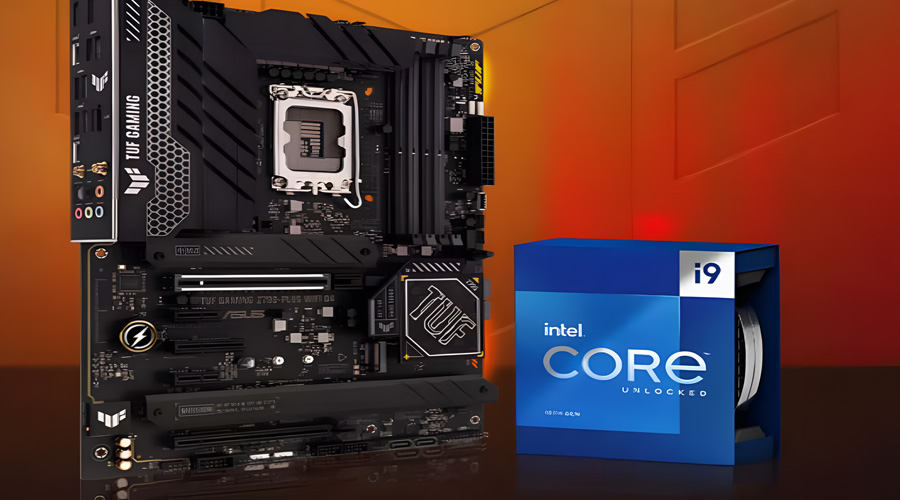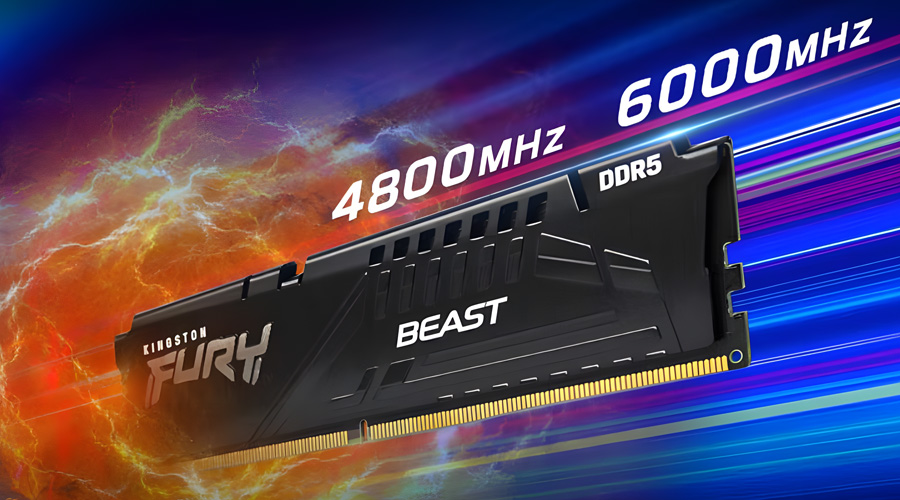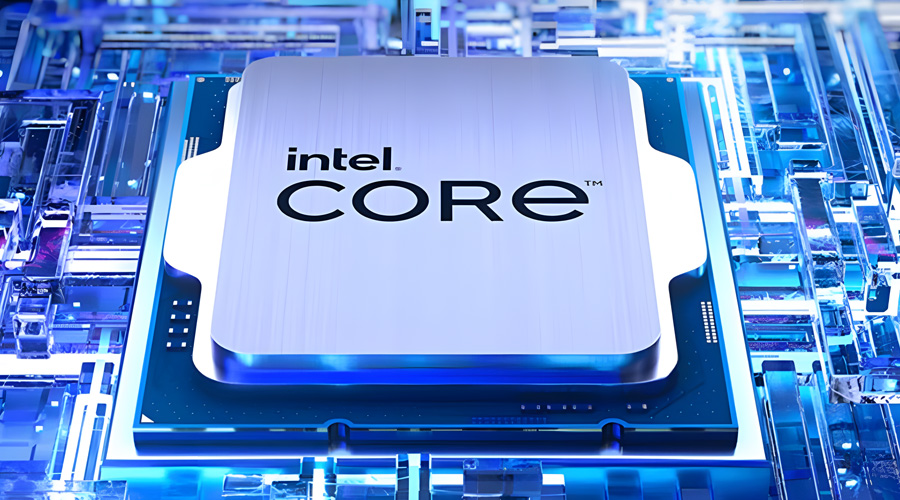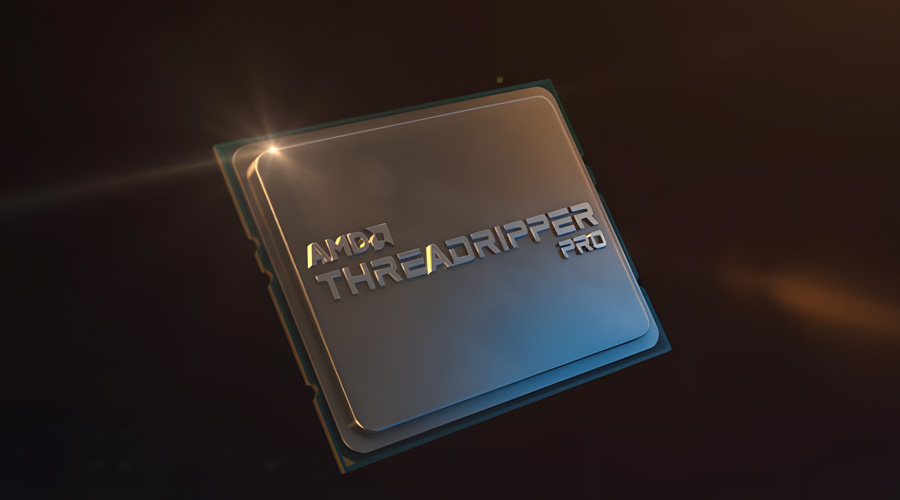DIY enthusiasts must read! How to choose a computer motherboard based on your needs?
Motherboard, one of the fundamental components of a computer, is typically a rectangular circuit board. It serves as the backbone connecting other computer hardware, providing a platform for integration. It features numerous interfaces and slots where CPUs, graphics cards, memory modules, and even peripherals like mice, keyboards, and monitors can be connected.
CPU Chipset
First, determine the CPU brand and model you intend to use, then select a compatible motherboard. Currently, CPU sockets are primarily divided into two camps: AMD and Intel. Compatibility is generally stronger between motherboards and CPUs of the same brand. For instance, Intel processors require motherboards with Intel chipsets, while AMD processors necessitate AMD chipset motherboards.
AMD Chipsets: From low-end to high-end, they are categorized as A-Series -> B-Series -> X-Series -> TRX-Series.
| A520 | B550 | X670 | TRX40 | |
| Motherboard interfaces | AM4 | AM4 | AM5 | sTRX4 |
| CPU overclocking | No | Yes | Yes | Yes |
| Memory overclocking | No | Yes | Yes | Yes |
| Graphics card slot support | PCIe 3.0 | PCIe 4.0 | PCIe 4.0 | PCIe 4.0 |
| Memory slot support | DDR4 | DDR4 | DDR5 | DDR4 |
| M.2 slot support | PCIe 3.0 | PCIe 4.0 | PCIe 5.0,PCIe 4.0 | PCIe 4.0 |
Intel Chipsets: From low-end to high-end, they are categorized as H-Series -> B-Series -> Z-Series -> X-Series.
| H610 | B660 | Z790 | |
| Motherboard interfaces | LGA1700 | LGA1700 | LGA1700 |
| CPU overclocking | No | No | Yes |
| Memory overclocking | No | Yes | Yes |
| Graphics card slot support | PCIe 4.0 | PCIe 4.0 | PCIe 5.0 |
| Memory slot support | DDR4 | DDR4 | DDR5 |
| M.2 slot support | PCIe 3.0 | PCIe 4.0 | PCIe 4.0 |
Motherboard Size
The size of the motherboard must match the selected computer case. Common sizes include E-ATX (Extended-ATX), ATX (AT Extend), M-ATX (Micro-ATX), and ITX (Mini-ITX). The choice primarily depends on the case's support and your needs (larger sizes typically offer more expansion options, features, and components). Most users opt for ATX (suitable for large cases) or M-ATX (suitable for medium-sized cases), which offer a good balance of affordability and functionality for gaming and office work.
E-ATX motherboard:305mm * 330mm
ATX motherboard:305mm * 244mm
M-ATX motherboard:244mm * 244mm,248mm * 248mm, 248mm * 300mm
ITX motherboard:170mm * 170mmPower Supply Design
Motherboard power supply refers to its ability to provide sufficient electricity for the CPU's performance. A superior power design ensures stable voltage and current, reducing the risk of system crashes and hardware damage. Generally, a larger power supply configuration, such as 24+1 phases, is preferred. The "m+n" phases mentioned in motherboards refer to m phases for CPU power and n phases for integrated graphics (usually 1-2 phases). Some motherboards offer "m+n+x" phases, with x representing auxiliary power (commonly seen in Gigabyte motherboards). It's recommended to match the motherboard tier with the CPU tier, from entry-level to mid-range to high-end.
Memory Support
Consider the number of memory slots, the maximum supported memory capacity, and the memory type (e.g., DDR4, DDR5). If high-capacity memory is needed or future upgrades are planned, opt for motherboards with more slots and greater capacity support. DDR5 memory is now prevalent, and DDR6 is on its way, but DDR6 will likely be expensive initially, making DDR5-compatible motherboards a more practical choice for most users. Whether to wait for DDR6 depends on individual needs.
Solid-State Drive (SSD) Support
M.2 SSDs come in various protocols such as PCIe 5.0, PCIe 4.0, and PCIe 3.0. If budget allows, go for PCIe 5.0 for faster speeds and enhanced performance. Otherwise, PCIe 4.0 motherboards offer a good balance.
tags:
Beginner-friendly! A comprehensive guide to the basics and key points of selecting a computer motherboard







Comments (0)